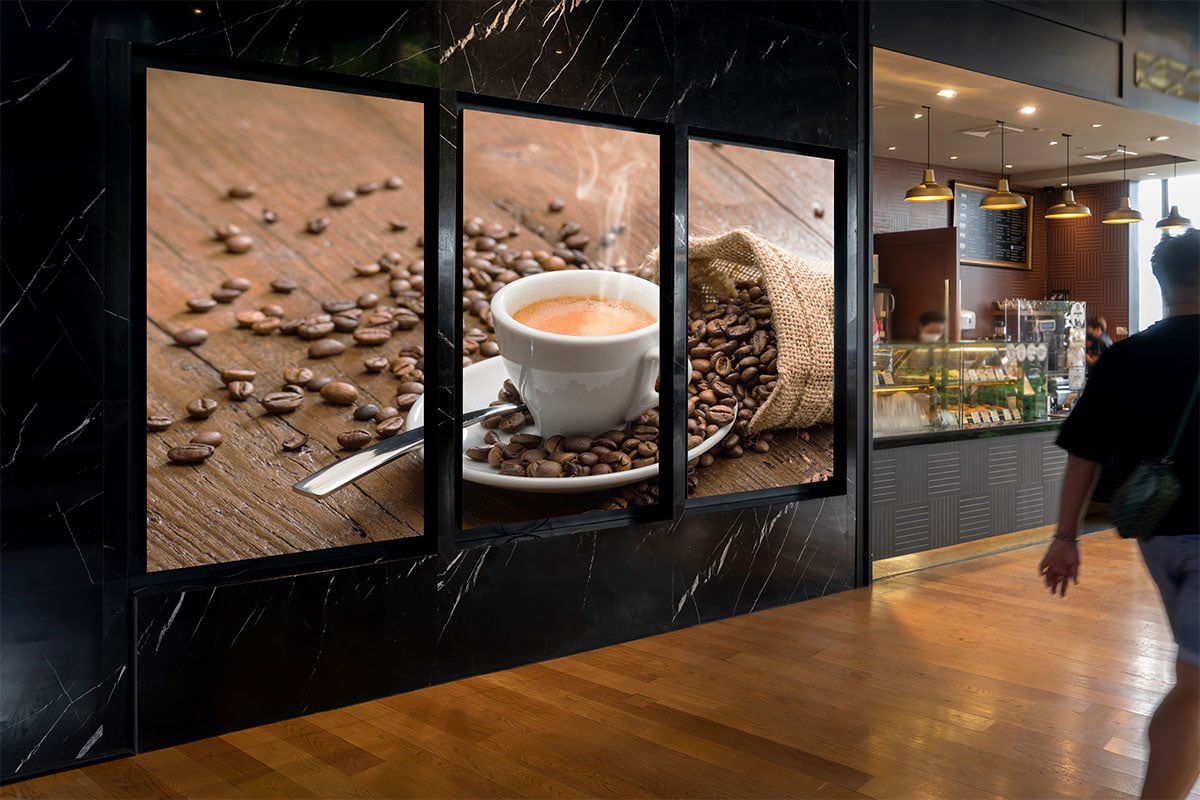Investigating The Way Resolution Affects the Functionality and Visual Caliber of LED Walls in Contemporary Display Techniques
Investigating The Way Resolution Affects the Functionality and Visual Caliber of LED Walls in Contemporary Display Techniques
Blog Article
LED screens are growing more and more common in various environments, including concerts and sports events to business displays and art installations. One of the key crucial elements that influence the functionality and visual clarity of these screens is image clarity. Resolution refers to the quantity of pixels that compose the visual on the screen. Higher resolution indicates additional pixels, which can result in sharper and clear visuals. Grasping how image clarity impacts LED walls can assist users make informed decisions about their screen requirements.
When talking about image clarity, it is crucial to take into account picture pitch, which is the gap between the midpoint of one picture element to the midpoint of the following picture element. A smaller picture spacing results in a higher image clarity, enabling additional clarity in the visuals shown. For example, an LED screen with a picture spacing of 1.5mm will offer a sharper image than one with a pixel spacing of 3mm. This is especially crucial in settings where viewers are close to the screen, such as in a small venue or a trade event booth. In these cases, a greater image clarity can greatly enhance the viewing experience.
Another aspect of resolution is its impact on color accuracy and brightness. LED screens with greater image clarity often have superior hue rendering, indicating that the hues displayed are more vibrant and realistic. This is essential for applications like advertising, where the goal is to capture interest and convey a message effectively. Additionally, greater image clarity screens can preserve brightness levels even when viewed from different perspectives. This is crucial in large locations where audiences may be seated at different ranges and angles from the screen.
The performance of LED walls is also influenced by resolution in terms of update frequencies address and reaction durations. A greater image clarity screen can support quicker update rates, which is crucial for dynamic content such as videos and animations. This means that the images on the screen will appear smoother and more fluid, enhancing the overall viewing experience. In contrast, reduced image clarity screens may have difficulty with dynamic material, resulting in fuzziness or delay. Therefore, for occasions that depend on high-energy visuals, choosing a display with a suitable image clarity is critical.
In summary, resolution plays a vital role in determining the performance and visual quality of LED walls. Factors such as pixel pitch, hue precision, luminosity, update frequencies, and response times all contribute to how efficiently a screen can communicate data and capture audiences. As technology continues to advance, understanding these elements will help users choose the appropriate LED wall for their specific needs, ensuring that they achieve the best potential outcomes in their displays and events.